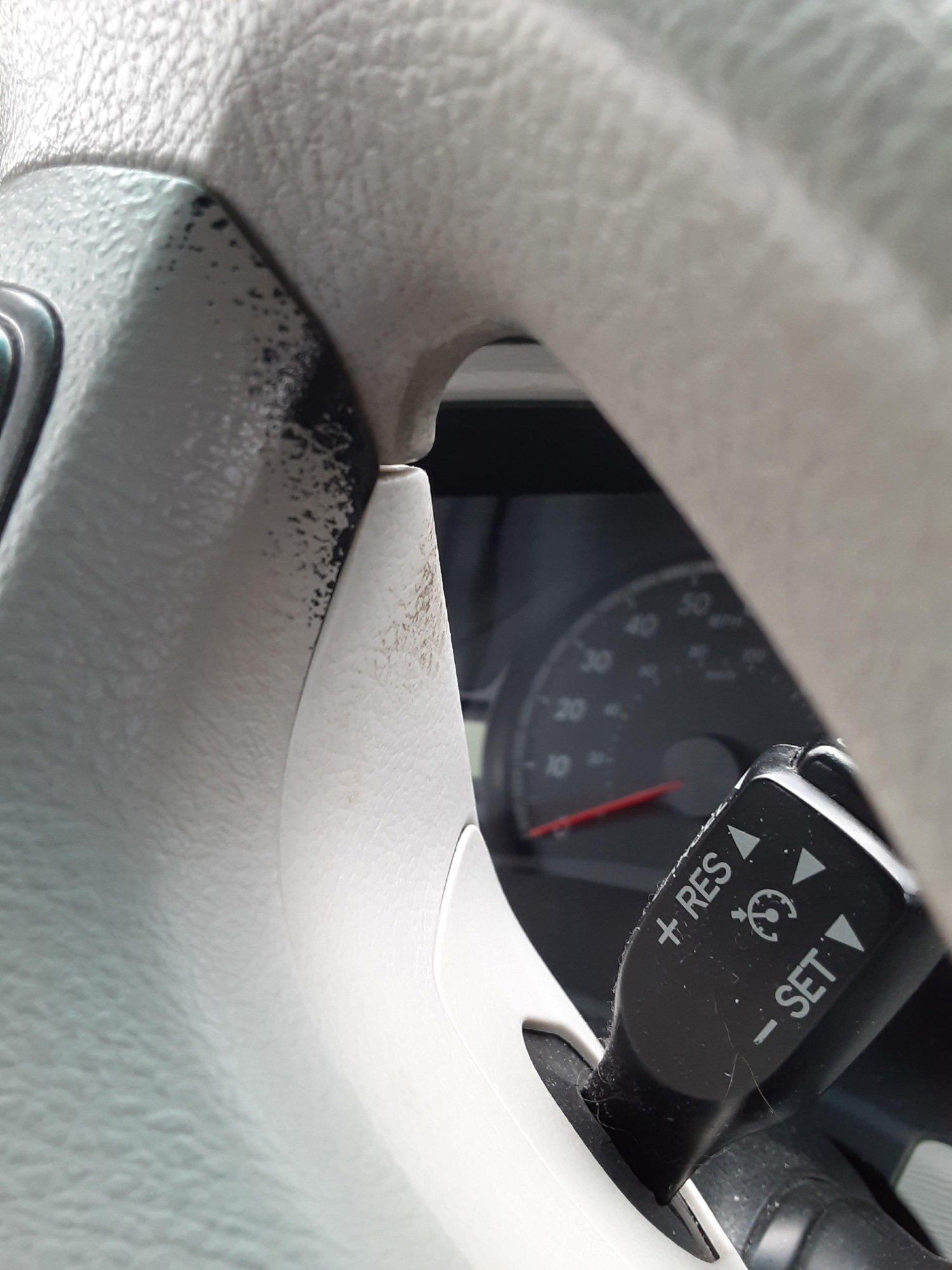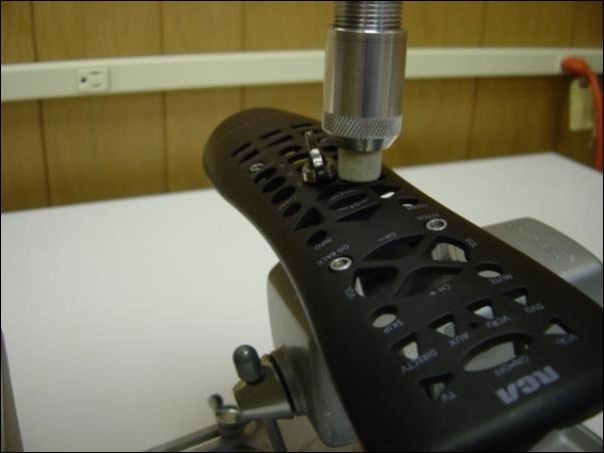In this interview, AZoMaterials talk to Alan Jaenecke about the history of Taber and the development of decorated plastics.
What is the history of Taber?
The Taber Instrument Corporation was founded in 1941 by Ralph Taber to manufacture precision testing instruments to evaluate the physical properties of materials. The Teledyne organization acquired the company in 1966 and became Teledyne Taber. When ownership changed in August 1992, the company became Taber Industries.
How did you become involved with developing testing instruments?
As lead engineer, Ralph Taber invented numerous devices that aided in understanding material physical properties - the most famous being the Taber Abraser (abrader). Many of the original product concepts are still widely used today.
Can you provide a broad overview of Taber Industries’ work with plastics?
Taber has been active in the plastics industry primarily through efforts to develop and maintain test procedures. In the past 20 years, Taber has consulted with several companies to help them verify coatings and paint finishes applied to plastics. These efforts include evaluating abrasion, scratch and mar, adhesion, and rub resistance.
How does Taber ensure the individual requirements of its clients are met?
Taber has extensive experience testing physical properties, including resistance to abrasion (wear), scratch and mar, and material stiffness.
Our knowledge base includes testing various materials, understanding assessment criteria and supplier requirements, and participating with trade associations and test method development.
Customers have used Taber's testing services to assess industry compliance, performance against other products, assess functionality, enhance competitive advantage, reduce risk and cost, optimize resources, conduct R&D, and conduct evaluations.
What factors affect the durability of decorated plastics?
After the product is put into the field, there are different conditions that decorated plastics may be exposed to that can impact their durability. This translates to various physical property tests that may need to be considered. The most common include testing the resistance to weathering, corrosion, UV, chemicals, adhesion, abrasion, scratch and mar, and humidity/water.
How does Taber help clients test the durability of their product?
Being an active member with industry organizations involved in creating and publishing test methods allows Taber to offer solutions to industry problems. Taber maintains an in-house laboratory that provides testing services ranging from feasibility demonstration tests to a more detailed analysis of the material (including test set-up, test procedures, observations, photographs, and data analysis). This is convenient for clients unable to conduct their own tests and allows us to analyze customer-specific issues.

Image Credit: Taber Industries
Why is understanding the lifespan of decorated plastics important?
Knowing the expected desired performance and average lifespan for a product is essential to ensure your product will perform as anticipated.
There are other reasons beyond aesthetics for decorating plastics. Perhaps the decoration was formulated to provide additional value, such as increased protection against abrasion, scratch / mar damage, or resistance to cleaners, hand cream, suntan lotion, gasoline, and other chemicals. If the decoration does not hold up to the rigors of everyday use, customers will take notice of the failure, which can significantly impact their view of the brand.
How can decorated plastic lifespans be tested?
The ideal solution would be to analyze the product in actual use, under the intended use conditions. The disadvantage to this approach is the time required to obtain results, cost, and the inability to identify (or control) what the product is exposed to. As a result, companies rely on accelerated tests to simulate real-life damage. These tests are an approximation that allows operators to establish an approach that is easy to follow and can provide meaningful reliable data.
Laboratory tests should control the test parameters and compress the life span of a product, allowing materials to be evaluated using the same set of criteria. Having greater control over individual influences during the testing improves an understanding of physical properties, enabling real-world damage to be recreated. The resulting information can then be used to predict field performance.

Image Credit: Taber Industries
How can Taber Industries’ instruments be used to do this?
Through testing, Taber instruments can be used to explore ways to differentiate your product to gain a competitive edge. As part of your quality and process control, Taber instruments can help ensure your manufacturing process is in control, avoiding product defects and costly warranty claims.
Differences in performance can be identified when alternative products (or raw materials) are tested side-by-side. This type of testing can help with managing your supply chain. Most importantly, Taber instruments are vital to materials research and product improvement and can provide valuable data for ranking material attributes.
How do you help clients pick the right tool for their needs?
This is relatively straightforward when customers follow an established test method specifying the apparatus. For customers trying to solve a problem and needing an established method, we determine the test’s purpose and what the client hopes to accomplish.
Developing a solution for the client is typically subject to trial and error, but with Taber’s extensive background in testing, we can utilize prior experiences to identify the best options.
Can you give an example?
Computer mice are an excellent example of a decorated plastic consumer product subjected to wear during its lifetime. Frequent contact or rubbing by the user’s finger or thumb can damage the coating. For a product like this, Taber would select an abradant, such as our CS-8 or H1 felt, and perform a series of tests to simulate the wear damage.
A subjective assessment of the appearance or condition of the specimen would interpret results. Once an agreement is made with the interested party, a standardized grading system could be established to measure the appearance and ranking performance change. Reference photographs and an associated verbal description could also be developed to ensure operator consistency.

Image Credit: Taber Industries
What are some of the instruments currently offered by Taber?
Our rotary platform abraser (Taber Abraser) is referenced in over 175 internationally recognized test standards, and is used to test a wide spectrum of materials, including plastics, coatings, laminates, leather, paper, ceramics, carpeting, safety glazing, etc.
Taber’s Linear Abraser can be used to evaluate finished products of all sizes. Taber also offers solutions to measure resistance to scratch, mar and scuff damage, and bending resiliency and stiffness.
About Alan Jaenecke
Alan Jaenecke has been employed by Taber Industries since the year 2000, and plays a critical role in the company’s Materials Test and Measurement division. Although his main responsibilities include sales and marketing, Alan Jaenecke is also involved with new product development and strategic planning. Having previously operated Taber’s in-house test facility, he has a wealth of experience conducting wear and durability tests. He has shared his expertise in material testing with other organizations including ASTM, ISO, NEMA, Tappi, SPE, and SAE. Through industry affiliations such as ASTM and SAE, he has written new test methods and coordinated numerous reviews for existing methods. Alan received his Masters of Business Administration from the State University of New York at Buffalo, where he earned a dual concentration in Marketing Management and Corporate Financial Management.
To learn which instrument may be best suited for your application, contact Taber Industries.

This information has been sourced, reviewed and adapted from materials provided by Taber Industries.
For more information on this source, please visit Taber Industries.
Disclaimer: The views expressed here are those of the interviewee and do not necessarily represent the views of AZoM.com Limited (T/A) AZoNetwork, the owner and operator of this website. This disclaimer forms part of the Terms and Conditions of use of this website.